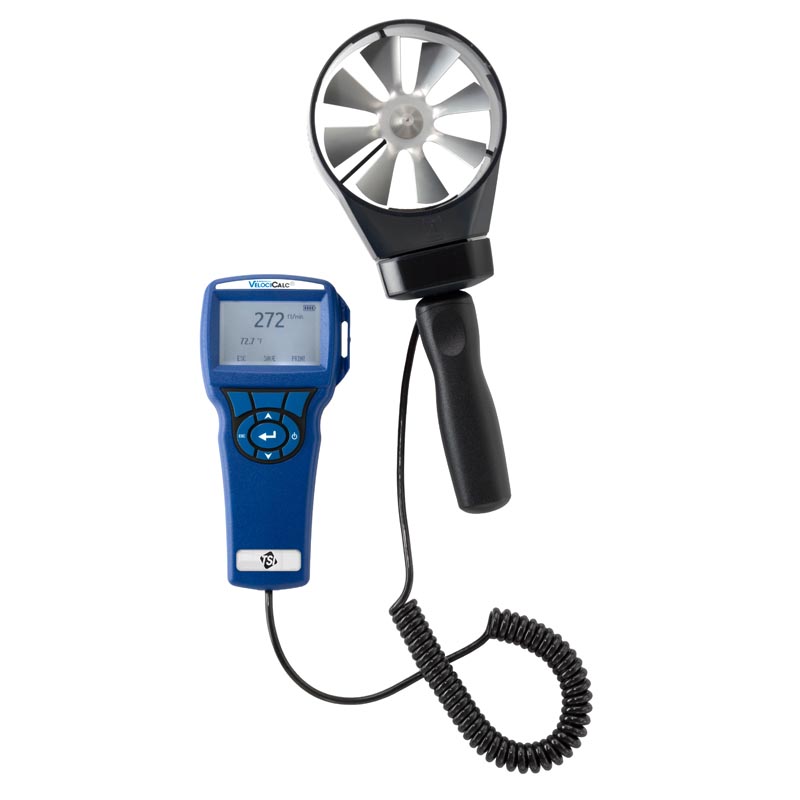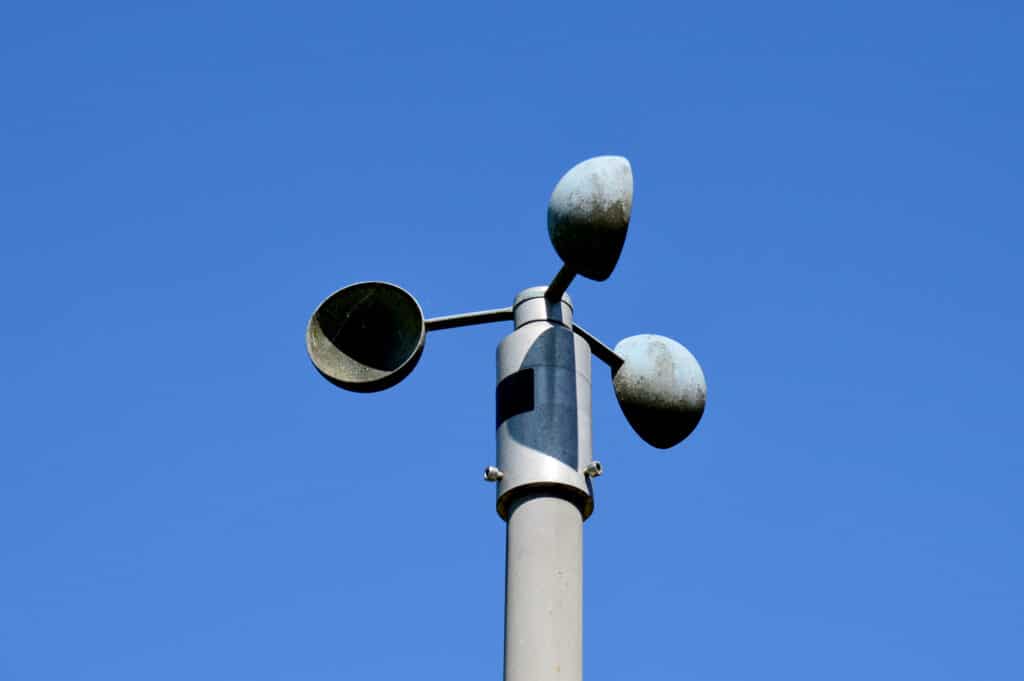All You Need to Understand About Anemometers: Just How They Function, Why They Issue, and Where to Make use of Them
Anemometers, though usually overlooked in the world of clinical instruments, play an important role in different areas, providing valuable understandings into wind rate and air flow patterns. Recognizing the auto mechanics behind these devices is crucial for any person looking for to harness the power of this information. From meteorologists tracking weather patterns to engineers creating frameworks with wind lots in mind, the applications of anemometers are varied and far-ranging. As we explore the complexities of anemometer technology, we will uncover the internal functions of these devices, their value, and the crucial factors to consider when choosing the ideal anemometer for details applications.

Anemometer Essentials
A vital instrument utilized to gauge wind speed and instructions, the anemometer plays an important role in weather forecasting and various markets. An anemometer generally contains three or four mugs that rotate in the wind, a vane that directs right into the wind, and sensors to track the activities or turnings. By computing the rotations or motions over a certain amount of time, the anemometer can figure out wind speed. The vane aids identify wind direction by pointing into the wind, offering useful information for weather condition forecasting, air travel, maritime procedures, environmental surveillance, and wind energy applications.
There are different kinds of anemometers offered, including cup anemometers, vane anemometers, hot-wire anemometers, and sonic anemometers, each with its distinct attributes and applications. Mug anemometers are frequently utilized for fundamental wind speed measurements, while vane anemometers are chosen for directional dimensions. Hot-wire anemometers are suitable for reduced airspeeds, and sonic anemometers are optimal for high-precision dimensions in study and commercial setups. Comprehending the essentials of anemometers is essential for accurate wind information collection and analysis across different sectors.
Principles of Anemometer Procedure
Structure on the foundational understanding of anemometer essentials, the concepts of anemometer procedure elucidate the auto mechanics behind wind speed and direction measurements. Anemometers run on the principle of air flow affecting a sensing unit, triggering it to turn. Cup anemometers, for circumstances, have three or even more mugs that record the wind, triggering them to spin quicker as the wind rate rises. The rotation speed is then exchanged a wind rate dimension. Vane anemometers, on the other hand, use a tail or a probe that aligns itself with the wind instructions, offering a dimension of wind instructions based upon the positioning of the sensing unit. Hot-wire anemometers rely upon a heated wire that cools off as wind overlooks it, with the rate of cooling identifying the wind rate. Ultrasonic anemometers measure wind rate and instructions by assessing the time it considers ultrasonic signals to travel between transducers. Comprehending these concepts is important for dependable and precise wind measurements in various applications.
Significance of Anemometers
The relevance of anemometers in meteorology and numerous sectors can not be overstated. Anemometers play an important function in determining wind speed and direction, giving important information for weather condition forecasting, environment research studies, environmental monitoring, and aviation procedures. Meteorologists depend on anemometers to gather accurate wind information, helping them comprehend weather patterns, anticipate tornados, and problem timely warnings to the public. In sectors such as construction, agriculture, renewable resource, and maritime procedures, anemometers are used to optimize processes, guarantee security, and raise effectiveness. As an example, wind farm operators make use of anemometers to assess wind problems and maximize electrical power production from wind turbines. In the maritime industry, anemometers help ship navigating by supplying real-time wind info to captains, assisting them make educated decisions to make certain safe voyages. In general, anemometers are vital devices that add considerably to safety, effectiveness, and notified decision-making in weather forecasting and a variety of sectors.
Applications Throughout Different Industries
In the sustainable energy market, anemometers play an essential function in examining wind problems for wind farm placements, guaranteeing ideal energy production. Industries like construction and mining utilize anchor anemometers to keep track of wind rates, critical for safety and security methods, specifically when functioning at elevations or in continue reading this open-pit mines where strong winds can position risks. In agriculture, anemometers assist farmers in taking care of plant splashing by supplying real-time information on wind speed to prevent drift.

Picking the Right Anemometer for Your Needs
For general functions, a cup anemometer is suitable for determining wind speed, while a vane anemometer provides wind instructions information. Hot-wire anemometers are ideal for reduced airspeed measurements, and ultrasonic anemometers use high precision and sturdiness.

Final Thought
Finally, anemometers play a vital function in measuring wind rate and direction across numerous markets. Understanding the concepts of anemometer procedure is vital for selecting the best tool for certain needs. From weather forecasting to aviation, anemometers are vital devices for gathering accurate information and making sure safety and security in different applications. When picking the most suitable tool for determining wind problems., it is vital to think about the value of anemometers in order to make enlightened choices.
There are numerous types of anemometers readily available, including cup anemometers, vane anemometers, hot-wire anemometers, and sonic anemometers, each with its distinct functions and applications. Cup anemometers are frequently made use of for standard wind rate measurements, while vane anemometers are chosen for directional dimensions. Hot-wire anemometers are ideal for reduced airspeeds, and sonic anemometers are ideal for high-precision measurements in research study and commercial setups.Structure on the fundamental understanding of anemometer essentials, the principles of anemometer procedure elucidate the technicians behind wind speed and direction measurements. For general objectives, a mug anemometer is ideal for gauging click here to read wind rate, while a vane anemometer provides wind instructions information.